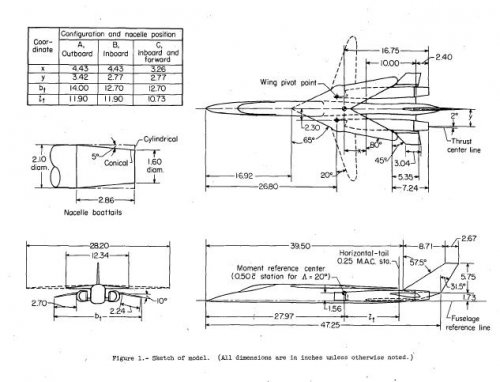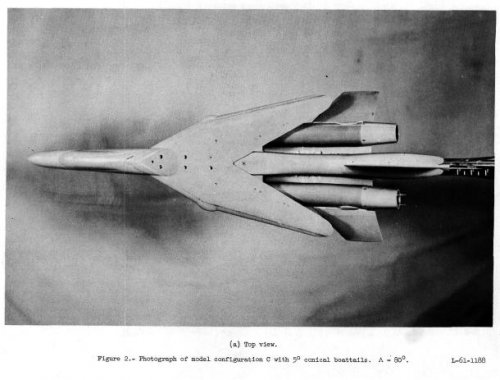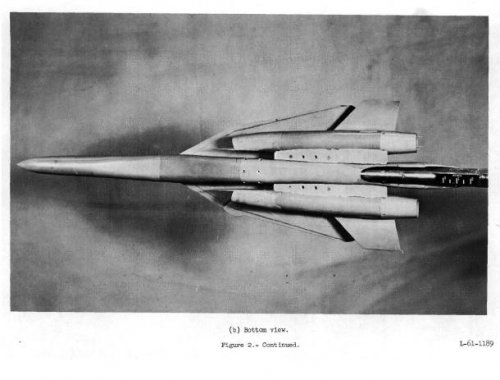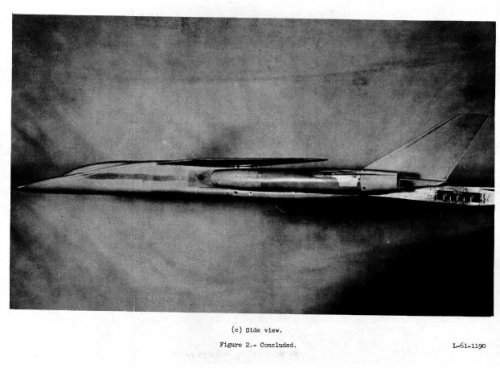Chapter 29 – THE CONTROVERSIAL TFX
The multibillion dollar TFX warplane contract was the most coveted prize the Pentagon ever dangled before bidders. Government spending, it was estimated, would exceed $6.5 billion – the largest contract for military planes in the nation’s history. The program was planned to include more than 1,700 planes for the Navy and Air Force. Such a contract could mean prosperity for an entire state, and the competition was intense.
Early in 1962, the rivalry for the TFX contract narrowed down to two major firms. The Boeing Company with headquarters in Seatle, Washington, proposed to build the plane at its plant in Wichita, Kansas. The General Dynamics Corporation’s Convair Division, in Fort Worth, Texas, cooperating with the Grumman Engineering Company of Bethpage, New York, planned to build the Air Force version in Texas and the Navy version in New York…Politically the Texas-New York combination backing General Dynamics and Grumman had a distinct advantage. Texas electoral votes (24) and New York electoral votes (45) went to Kennedy in 1960, while Washington’s nine electoral votes and the eight Kansas votes had gone to Republican candidate, Richard Nixon.
Late in the summer of 1962, persistent rumors of Texas political pressure on the TFX contract came to Senator Jackson. Calling Deputy Defense Secretary Roswell Gilpatrick, he told him he had heard General Dynamics was certain to receive the contract. Gilpatrick assured him there was nothing to it and that the decision would be made “strictly on the merits.”
…On November 24, 1962, the blow fell with the Pentagon’s announcement that the TFX contract would be awarded to General Dynamics…Scoop Jackson rejected the report that cost-conscious McNamara would take the second-best plane and pay more for it. He asked Sen. John L. McClellan, chairman of the Permanent Subcommittee on Investigations, to examine the TFX contract.
The McClellan subcommittee investigators questioned witnesses, examined documents and established: 1) The four service evaluation did favour to Boeing, 2) The Boeing price was $100 million lower on the first phase of the contract, and it might be $415 million lower on the total job, 3) The Pentagon Source Selection Board, composed of top generals and admirals, was unanimous in its finding that the Boeing plane would be cheaper and better, 4)The only document at the Pentagon that supported the General Dynamics plane was a five-page memorandum of justification, dated November 21, 1062. It was signed by McNamara; Eugene Zuckert, Secretary of the Air Force; and Fred Korth, Secretary of the Navy. (Gilpatrick also agreed with the award, but his signature was not necessary because McNamara had signed.)
This document was loaded with errors, according to the investigators from the McClellan subcommittee…It was appalling to learn that McNamara’s decision to award the contract to General Dynamics could result in wasting $100 million to $415 million on a second-best plane. Republicans derisively dubbed the plane the “LBJ” sine it appeared to have been peremptorily awarded to Texas….
General Curtis E. LeMay, the Air Force Chief of Staff, testified that he was not consulted prior to McNamara’s decision to overrule the Source Selection Board.
“I thought we had such a clear cut and unanimous opinion all up and down the line that I was completely surprised at the decision,” the Air Force Chief declared.
“Did any group, any authority at any level from you down to the evaluation group ever recommend the General Dynamics plane?” McClellan asked.
“No, sir,” LeMay answered. In all his experience he was unable to recall a single instance where the decision of the service selection board had been rejected by a civilian secretary….
In the Pentagon, Deputy Secretary of Defense Roswell Gilpatrick was given the job of implementing the new, tough code of ethics….Ironically, Deputy Defense Secretary Gilpatrick was the first high-ranking Administration official to come under sharp congressional criticism in connetion with the new code of ethics. The TFX warplane contract investigation raised questions of the “conflicts of interest” problem against Gilpatrick and also against Navy Secretary Fred Korth…
From 1958 to January, 1961 Gilpatrick was a lawyer for the General Dynamics Corporation…New money was needed to keep General Dynamics moving, and Roswell Gilpatrick had a major role in the merger between General Dynamics and Material Services Corporation, a Chicago construction firm controlled by Colonel Henry Crown, an influential Democratic political figure. Frank Pace and other high officials were Gilpatrick’s personal friends, and the New York lawyer had an office in the General Dynamic’s headquarters….
The difficulty of Gilpatrick’s personal role in the TFX affair certainly made it unlikely that he would be enforcing the new code of ethics on such others as Navy Secretary Fred Korth, who had a similar problem.
Korth, a Fort Worth attorney and bank president , became Navy Secretary in January, 1962. He succeeded John Connally, another Fort Worth lawyer who resigned to seek the Democratic gubernatorial nomination in Texas. Fred Korth was an enthusiastic booster of his home town and of the General Dynamics firm, which had the huge Convair plant in Fort Worth….and the General Dynamics Corporation was one of the best customers of Kroth’s Continental National Bank of Fort Worth.
Only three months before Koth became Navy secretary, he had given his personal approval to a $400,000 loan from the Continental National Bank to the General Dynamics Corportation….When it came time for Korth to make a decision on the TFX contract, the Navy Secretary overruled the recommendations of the top admirals and suggested the Defense Secretary aware the contact to General Dynamics….




![MAC Model 156_1[2].jpg MAC Model 156_1[2].jpg](https://www.secretprojects.co.uk/data/attachments/89/89928-d9b0358ecc643f4f480f671a5adad4d7.jpg)
![MAC Model 156_2[2].jpg MAC Model 156_2[2].jpg](https://www.secretprojects.co.uk/data/attachments/89/89929-0abe0aa7daea5cfb1c5e6d7a8658cb08.jpg)
![MAC Model 156_3[2].jpg MAC Model 156_3[2].jpg](https://www.secretprojects.co.uk/data/attachments/89/89930-f3a8dfae667c41b9879302ab8b12a613.jpg)
